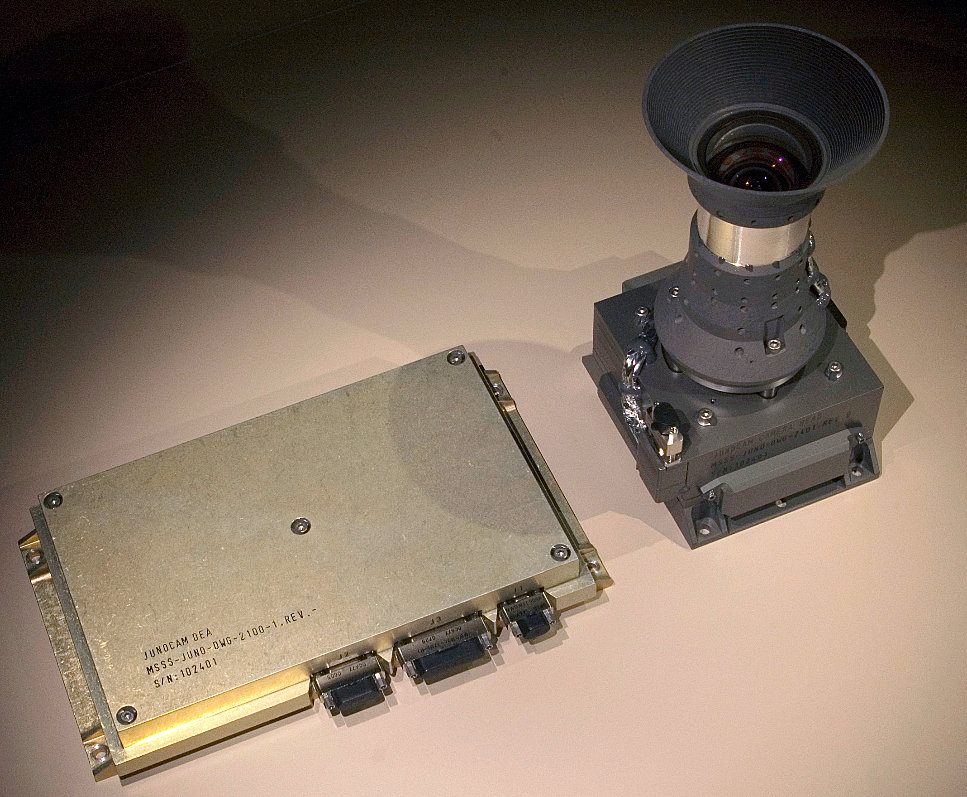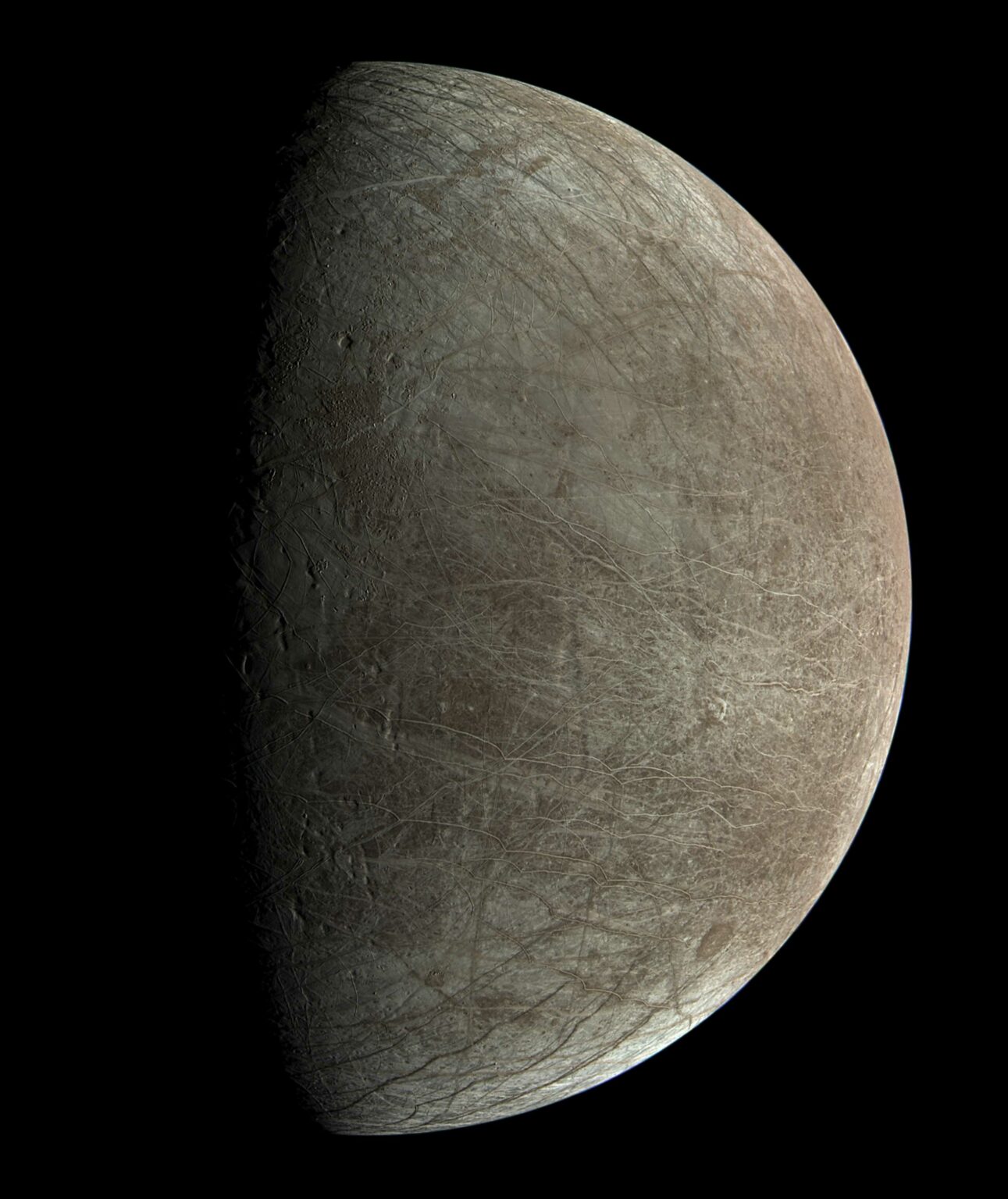NASA has published a new portrait of Europa taken by the Juno spacecraft during the September moon flyby. The peculiarity of the image consists in the fact that it is prepared by an astro enthusiast.
“People’s” camera
Initially, NASA did not plan to install any cameras on the Juno probe, since its initial scientific program did not include photographing Jupiter. However, under public pressure, the organization later changed its mind and still equipped the device with a JunoCam camera.

JunoCam is often referred to as the “people’s” camera. The fact is that its original images are published on a special website, after which everyone can process them at their discretion. Another interesting aspect is that the nominal operating life of the camera is only eight orbits. It was assumed that so much time was required for the powerful radiation of the gas giant to disable its electronics. However, JunoСam has far exceeded the expectations of mission specialists and is still working smoothly.
New photo of Europa
The portrait of Europa published by NASA was obtained when Juno was at a distance of 1521 km from the icy surface of the moon. A region called Annwn Regio got into the frame. The picture clearly shows that the terrain near the light line is uneven, covered with pits, depressions and cracks. Numerous bright and dark ridges and stripes stretch along the broken surface, which indicates tectonic stresses arising under the action of Jupiter’s tidal forces. The round dark detail in the lower right corner is the Callanish crater.

Image processing was performed by astroenthusiast Bjorn Johnson. Its colors have been enhanced in order to better distinguish the details of the surface. The resolution of the image is 1 km per pixel.
Earlier, we published an image of the night side of Europa taken by the Juno star sensor.
According to https://www.nasa.gov
Follow us on Twitter to get the most interesting space news in time
https://twitter.com/ust_magazine
